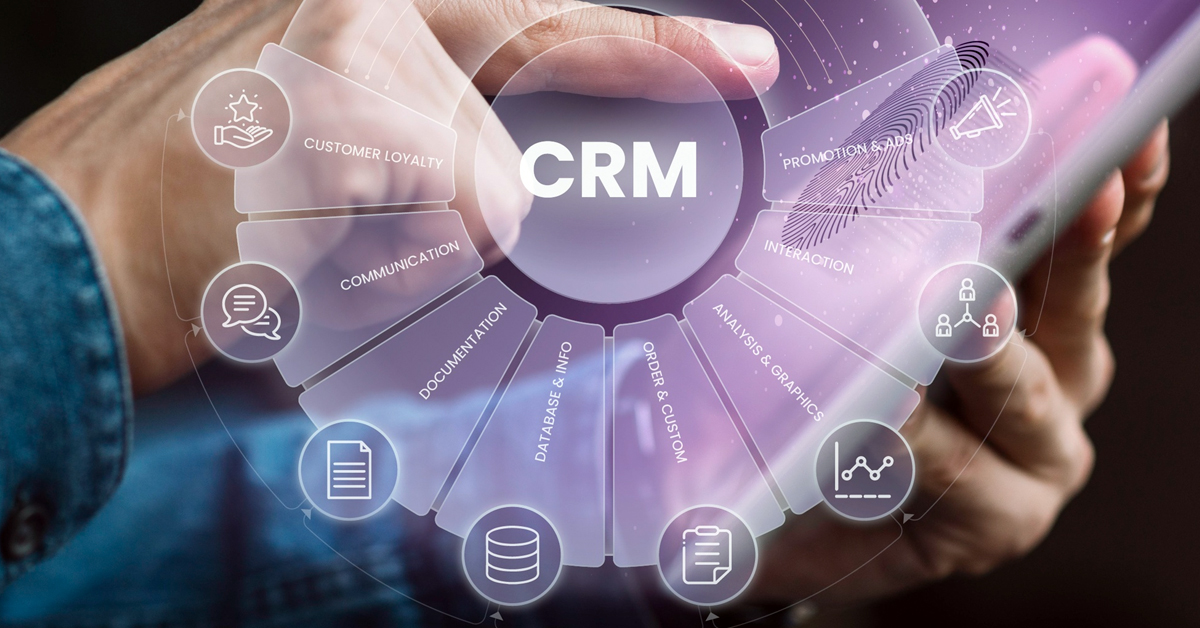CRM in the Automobile Industry: Toyota reworks engagement
May 15, 2018

Toyota makes engagement a priority
Toyota is making ‘friends’ of its customers as it explores ways to stay in touch through social media
Toyota Friend is a social network that connects cars and owners. Developed in tandem with Salesforce Chatter, the purpose of the platform is to create a conversation between car owners and Toyota to understand customers better.
This private social networking service for Toyota owners enables people to interact with cars, dealerships, others on the network and Toyota as well. As a Toyota friend, customers receive alerts when an EV battery needs to be charged, for example. The tool also integrates with public networks like Facebook and Twitter.
Toyota uses Salesforce Chatter to enable thousands of their employees and customers interact with each other. When a customer put out a question about their car, Toyota noticed that replies to the query came from all over the world within minutes. This saved the company the need to produce educational and training materials as customers got the information they wanted in the quickest way possible. Akio Toyoda, President, and CEO of Toyota feels there’s incredible value in giving a car a personality. With Toyota friend, your car can anticipate your needs and offer the right service information
An automative company requires CRM right through the vehicle's lifecycle
All enquiries need to be captured and sent to the right sales teams for follow-up. Once a prospect enters the company’s channels every effort should be made to stay in touch.
A well-structured CRM platform is essential to the process because there are several points where a lead is handed over from the point of inquiry. HubSpot’s CRM platform helps companies understand the various touch points that the sales teams need to follow-up on and keep in touch with customers. For example, the lead has to move from an enquiry to a showroom visit to a test drive to sales negotiations and financing options.
Prospects may be considering multiple options and the sales team needs to respond consistently to ensure that they aren’t dropped from the customer’s options. This is a tricky phase and a CRM platform helps to keep contact regular without being intrusive.
Staying in touch with current customers
 After the customer has made a purchase, their requirements change. They now need to be contacted to ensure that vehicle services happen as planned and the experience of owning and driving meets expectations.
After the customer has made a purchase, their requirements change. They now need to be contacted to ensure that vehicle services happen as planned and the experience of owning and driving meets expectations.
The friction points could be with service stations, costs of spares and vehicle pickup and delivery. Some customers may not be regular with service schedules and that can lead to a drop in performance, which is blamed on vehicle quality. Keeping service schedules and reminders gently persuasive through automated communication helps customers as well.
Opportunities to interact when milestones are reached is important – for example when vehicles pass 5000 kms, 10,000 kms and so on subliminally build the perception of good quality and reinforcing brand features. As the vehicle gets older, the communication can subtly shift to maintenance tips that will be valued – all aspects that a CRM platform helps execute across a huge customer base.
A basic CRM tool cannot manage all the complexities that a platform can. Right from structuring content, messaging, segmenting audiences, reporting across each of the segments and helping to find how each of the audience engagements are faring. The bigger the company and the wider the base of customers, the more a CRM platform helps to establish contact with the customer base.
Be first in line for an upgrade opportunity
 When existing customers evaluate an upgrade, the experience of their current vehicle plays a major role. A well-constructed CRM platform that ‘hands over’ customers from the time they first came into a channel, made a purchase and are generally happy with the quality of the vehicle will convert faster.
When existing customers evaluate an upgrade, the experience of their current vehicle plays a major role. A well-constructed CRM platform that ‘hands over’ customers from the time they first came into a channel, made a purchase and are generally happy with the quality of the vehicle will convert faster.
The CRM platform can serve well-structured questionnaires to customers one question at a time, so responses can be evaluated faster and stored to approach customers at the appropriate time.
For example, they can be queried on new model launches – whether they have heard about it, what their opinion is and so on. A reply is an indication that an upgrade is being considered, even if it is some time away.
At the time of service, a subtle nudge about the current market price the vehicle may fetch is another great way to evaluate interest. By year 3 or 4 after purchase, the customer could be actively considering a replacement or upgrade.
The CRM platform needs to capture these transitions over time. There are several circles of contact. The outermost one is the inquiry where a person has contacted the company. Whether it leads to a sale or not, a contact every quarter and keeping them appraised of developments within is a good way to maintain the relationship.
As we move to inner circles of actual customers, the dynamics and interactions have to reflect the revised status.
The Hubspot CRM platform can manage these sophisticated levels of outreach by channel and by medium with a proper structuring and feedback built in. For customers, it should be a seamless experience and they should feel that it is personalised and directed to their individual needs.
This requires content to be created for each tier of engagement and feedback that reflects the journey within as well as on the fringes. If the company owns channels of communication, it gives amazing leverage in being able to control costs while reaching out to larger numbers of people.
That’s what HubSpot’s CRM platform helps automobile companies achieve.

Venu Gopal Nair
Advertising and Branding Specialist, CEO - Ideascape Communications, A professional journey through the tumultuous years of advertising and communication, starting in 1984. Started out in the age of print, saw the changes with the entry of satellite TV and the momentous transition to digital. Advertising and branding today is vastly different from its practices in the 20th century and the last two decades have seen dramatic changes with smartphone domination. As a Creative Director turned CEO, making the transition personally and professionally has been a tremendous experience.
Related Articles

September 14, 2020

July 10, 2020

